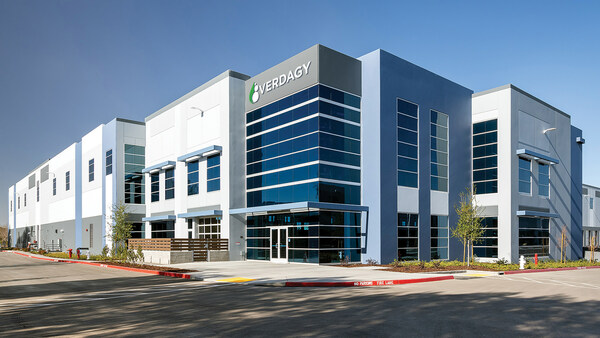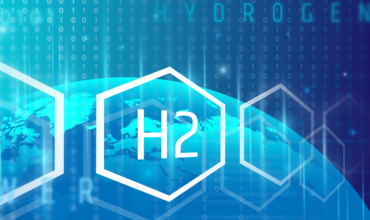Decarbonizing is no longer an option: almost every company in every industry understands that’s the direction in which they need to be moving – now.
And for some companies, hydrogen is the only solution, Fanny Charrier, hydrogen Americas coordinator at Crédit Agricole CIB, said during the Fueling Tomorrow with Hydrogen panel at the S&P Platts Global Power Markets conference this week.
Even so, the project menu is limited.
“We haven’t seen many projects to finance,” Charrier said. “Everybody’s waiting.”
ACES Delta in Utah is thus far the only producing green hydrogen project in the US to raise financing, Charrier said. Credit Agricole is thus focused on M&A debt and equity advisory.
“What we’re looking at is mostly pure green hydrogen projects,” she said. Green ammonia shipping to Europe is a main end-use and market. Project sizes range from a few million up to USD 5bn. “We’re also supporting some electrolyzer manufacturing plants.”
Mobility, heavy trucks and shippers looking for hydrogen is a potentially huge market, but hasn’t materialized yet, she said.
Demand signals
In Europe, commitments to close traditional power generation assets hold promise for clean fuels, António Fayad, manager of hydrogen strategy at EDP Renewables, said during the panel. In the US, EDP is mainly looking to industry to buy hydrogen at or adjacent to factories and other relevant facilities.
There has been a strong, customer-led demand signal from the US, said Sam Bartholomaeus, vice president of power and renewables at Woodside Energy. Woodside was already considering a hydrogen project in Oklahoma when the IRA was passed.
“The signal was already there in terms of seeing demand sectors that need to be decarbonized and seeing that we had a competitive proposition,” he said of the hydrogen portfolio Woodside is developing in the US.
Woodside recently signed a contract for Air Liquide to provide liquefaction equipment for a hydrogen project in Ardmore, Oklahoma. First production at that project will begin in 2026 and Woodside is targeting FID this year.
Government support and finding offtake
Last year, the USD 504m loan guarantee for the US Department of Energy was a huge boost for the ACES Delta in Utah, Susan Fernandez, senior director of strategy at ACES-Delta, said.
That kind of support from governments and legislatively mandated decarbonization quickens the proliferation of new hydrogen technologies and projects.
“Others will also have the ability to receive more loan guarantee dollars,” Fernandez said of the post-IRA landscape. “We’ll see more projects come to the space.”
Still, offtake is key to reaching bankability, Charrier said.
“The key is always the offtake,” she said. Rather than a chicken-and-egg metaphor, she said she likes to mention a domino effect. “Yes, at the beginning we’ll have to pay a premium, but if it’s driven by a net-zero commitment everything will fall into place.”









